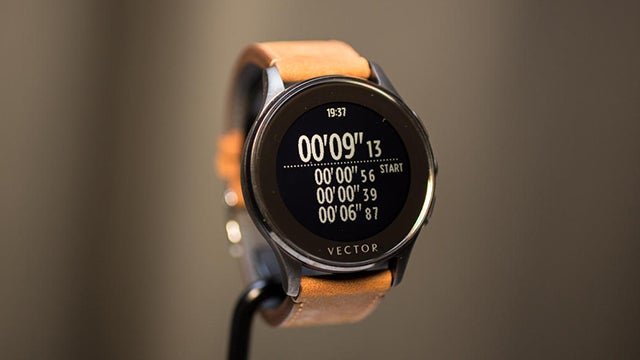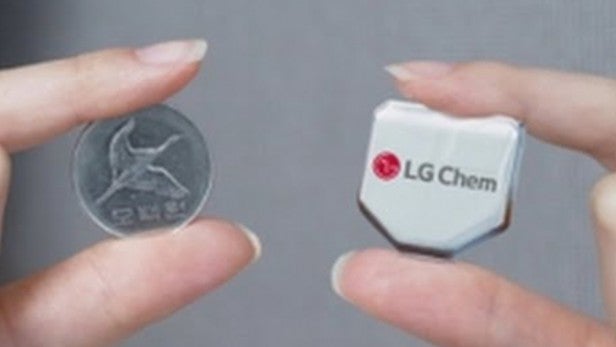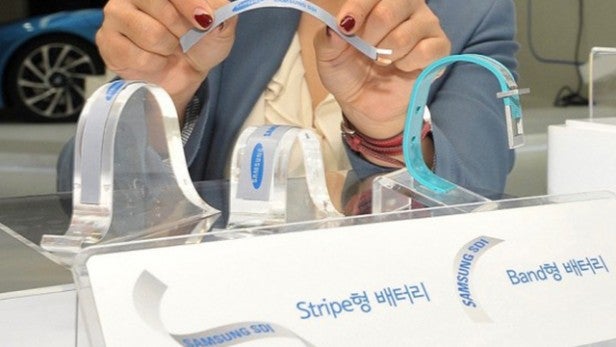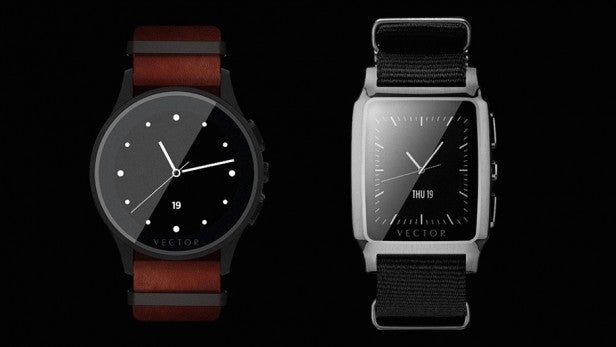4 vital projects that will make your future smartwatch last longer

Battery life has dogged wearables since their inception, because what’s
the point of yet another ‘smart’ device if you spend half the time
charging it. Here are some ways clever minds are looking to change that.
Let’s face it: no-one likes charging electronic devices, especially when they’re brand new. That’s probably why there are countless posts of charging tips and tricks to get the most of your in-built battery, whether it’s waiting until the battery hits zero before recharging, or only plugging in your device for short bursts at a time.
Most smartwatches last 48 hours or so, with simpler activity-only devices, such as Jawbone UP24, lasting up to a week. Thankfully the technology is coming, slowly but surely, to keep our wearables going for longer, increasing their value and the number of people who’ll be drawn to strapping one onto their wrist.
So let’s take a look at what’s coming up to extend your device’s battery and if there’s anything you can do right now to improve things.
Related: Best fitness wearables 2015
LG Chem’s hexagons
Don’t let the quirky six-sided shape of this portable battery put you off: LG claims that it can extend battery life by 25%, or about four hours, and will be compatible with most devices and smartwatches when it comes to market. Indeed, the hexagonal shape will work well with any round smartwatches, such as the Moto 360 or Withings Activité
It’s currently in development with a battery manufacturer, and looks set to be one of the first batteries of its kind available for sale and incorporated into forthcoming LG smartwatch models. LG are also looking into other unconventionally shaped smartwatch batteries, with the aim of becoming the world’s leading compact battery supplier by 2018.
Samsung’s prototypes
Pretty much all of the main smartwatch manufacturers are working on batteries that extend the standard time that one battery charge will last the user. Samsung showed their hand at the InterBattery event in October, unveiling the Stripe and Band batteries, both of which are notable for being incredibly dense but only 0.3mm thick.
While the Stripe is aimed at next-gen digital clothing, the Band is designed to be compatible with most smartwatches. Both give hope that extended battery life can be seamlessly incorporated into existing devices, without adding significant extra bulk. Since both are at the prototype stage for the moment, it’ll be some time before smartwatch wearers can strap these on to their devices.
Related: Apple Watch review

University-based research
Arizona State University have also been developing a stretchy flexible lithium battery, worn like a barely-there wristband, that can connect to and power smartwatches. By basing their technology on kirigami, a form of origami, and hooking it up to a Samsung Galaxy Gear 2, the ASU team proved that their tech works with existing smartwatches, and giving hope that tech giants may be able to follow suit.
Print your own batteries at home
Imprint Energy may have come up with the most convenient solution to the smartwatch battery issue: their zinc-polymer batteries can be printed from any screen printer and are specifically designed for small devices worn on the body. They’re the definition of small but mighty, packing a significant punch in a paper-thin package. While they aren’t rechargeable, they’re cheaper than lithium to make, and so will presumably be pretty affordable, an easy addition to your big smartwatch purchase.

What about now?
These ideas are all great for the future, but what about maximising smartwatch battery now? If it’s your major selling point, try the Vector smartwatch, which boasts a 30-day battery life. It’s a stylish number, with an inconspicuous watchface that lights up with various features, including step count, calories burned and phone notifications, and comes in a range of sizes and colours.
In the majority of smartwatches, the display takes up the most battery, so if there’s a way to turn the display off, dim the screen, or put it to sleep, it’s a good idea to do this as much as possible to preserve battery.
As with watches themselves, the technology is going to get more sophisticated and compact over time, and it’s not too outlandish to think that we may one day wear solar-powered smartwatches. For now, though, it looks like we’ll have to settle for charging devices every other day and hope that the slick paper-thin batteries will march through the production line by Christmas next year.
Would an improved battery convince you to pick up a wearable? Let us know in the comments section below

